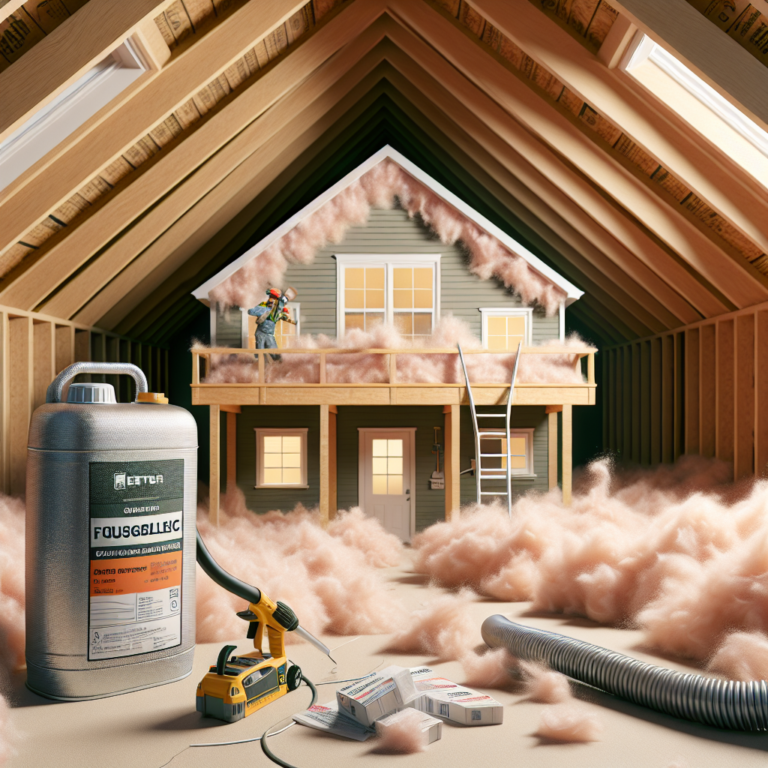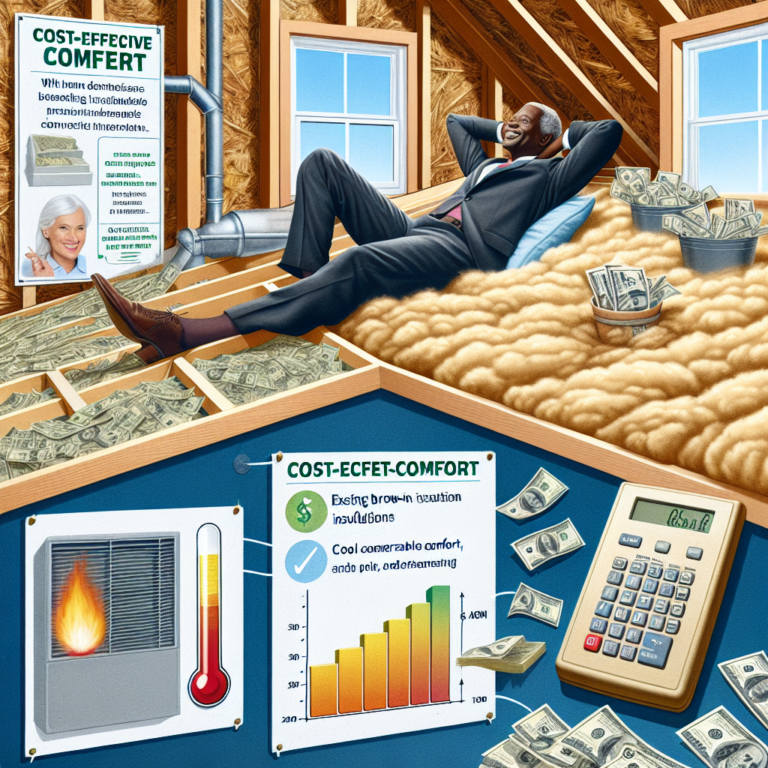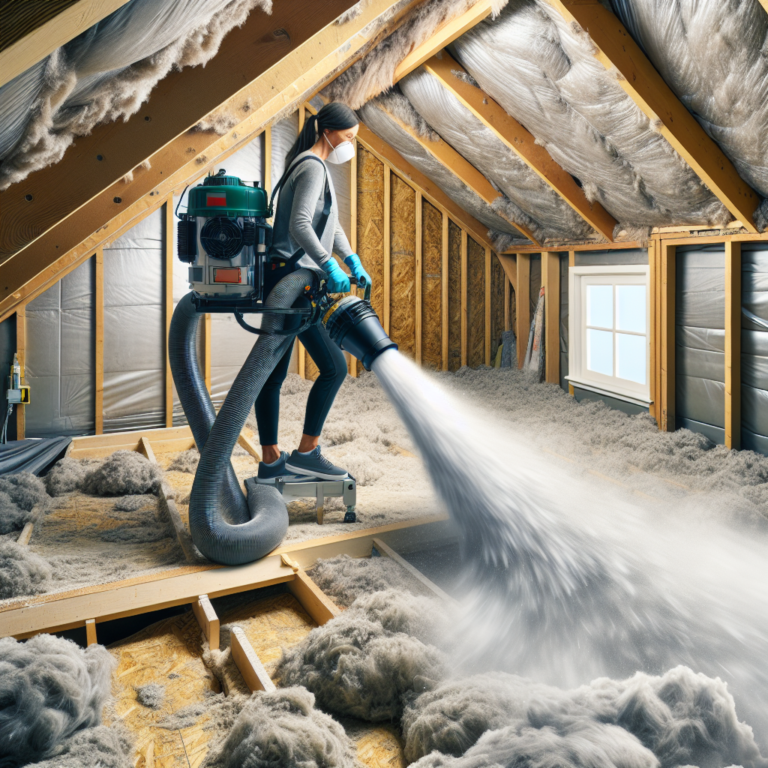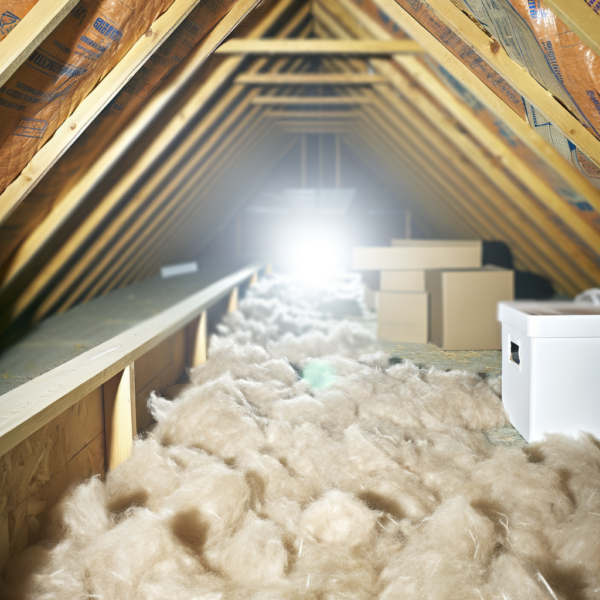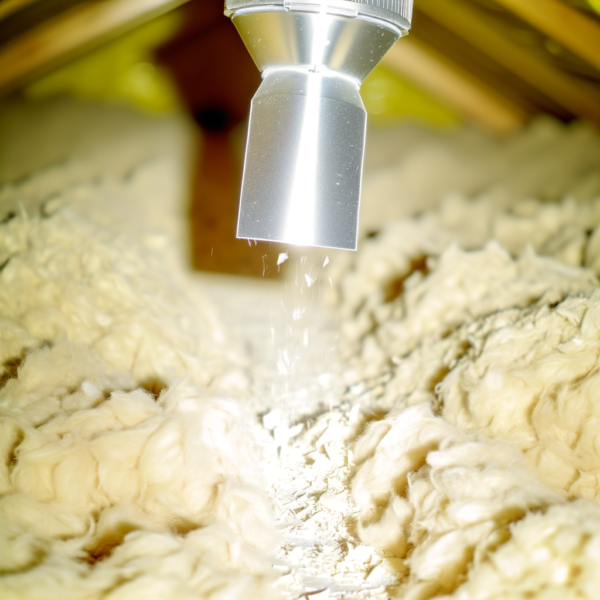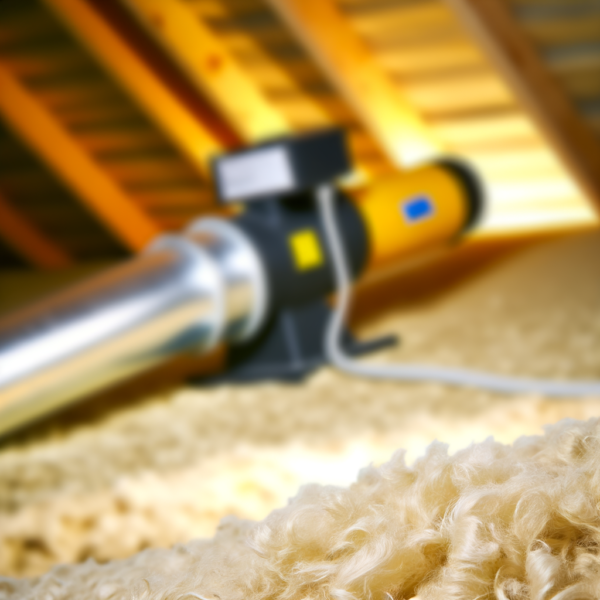Transform Your Attic with Blown-In Insulation: Say Goodbye to Drafts!
Introduction
Drafty rooms and soaring energy bills often trace back to your attic. By investing in blown-in attic insulation, you can seal air leaks, stabilize indoor temperatures, and slash heating and cooling costs. In this article, we’ll explore why blown-in attic insulation is a homeowner’s best friend, share expert tips for maximizing its performance, and outline the key considerations before you upgrade. Read on to discover how this simple solution transforms comfort and efficiency under your roof.
H2: The Benefits of Blown-In Attic Insulation
Comprehensive Coverage
Unlike traditional batts that can gap or shift over time, blown-in insulation fills every nook and cranny of your attic floor. Loose-fill cellulose or fiberglass is sprayed in with a machine, creating an even, seamless thermal barrier that stops drafts and keeps conditioned air where it belongs.
Improved Energy Efficiency
A tighter attic envelope means your HVAC system doesn’t have to work as hard. By reducing air infiltration, blown-in attic insulation lowers your furnace and air conditioner runtime, translating to savings of up to 20% on annual energy bills.
Enhanced Soundproofing
The dense, tangled fibers of cellulose or fiberglass absorb sound waves, muffling outdoor noises from traffic, neighborhood activities, or even storm gusts. Blown-in insulation makes your home quieter and more peaceful.
Quick Installation and Minimal Disruption
Professional crews can insulate a standard attic in just a few hours. Because the insulation is blown through hoses, there’s no need to cut panels or navigate tight spaces. You’ll experience minimal dust and downtime—and no major demolition.
Eco-Friendly Options
Cellulose insulation is often made from recycled newspaper treated with fire-retardant additives, making it a green choice. Even fiberglass variants contain substantial recycled glass content. By boosting your home’s efficiency, you also shrink its carbon footprint.
H2: How to Maximize Energy Efficiency with Blown-In Attic Insulation
Seal Air Leaks First
Before adding insulation, locate and seal gaps around recessed lighting, plumbing vents, electrical chases, and attic hatch frames. Use caulk or expanding foam to close leaks, ensuring that the blown-in insulation performs at its peak.
Achieve the Right Depth and R-Value
Consult your region’s building code or an energy auditor to determine the recommended R-value for your attic. Most climates call for R-38 to R-60. Professionals use depth gauges during installation to confirm that the insulation layer meets specifications.
Maintain Proper Ventilation
Prevent moisture buildup by keeping soffit vents, ridge vents, and gable vents clear. Baffles or vent chutes installed before insulation will preserve air pathways, avoiding mold issues or wood rot.
Inspect Existing Insulation
If your attic already has old or compressed insulation, assess whether it needs removal. Installing blown-in insulation on top of compromised material can trap moisture and reduce performance.
H2: Key Considerations Before Installing Blown-In Attic Insulation
Choose the Right Material
Cellulose offers superior sound dampening and eco-credentials, while fiberglass resists moisture and won’t settle as much. Compare costs, R-values, and fire-retardant properties before deciding.
Evaluate Structural Support
Blown-in insulation adds weight to your attic floor. A professional should inspect joists and subflooring to confirm they can handle the load without sagging or damage.
Plan for Access and Storage
If you use your attic for storage, create raised platforms or walkways above the insulation layer. This prevents compression of the material, preserving its insulating properties.
Check for Pests and Debris
Before installation, remove nests, droppings, or nesting materials from prior infestations. A clean attic ensures that insulation won’t be contaminated or displaced by critters.
Verify Warranty and Performance Guarantees
Reputable insulation contractors often provide performance or coverage warranties. Ask about expected settling rates, R-value retention, and what recourse you have if your energy savings fall short of projections.
H2: Common Questions About Blown-In Attic Insulation
Q: How long does blown-in attic insulation last?
A: With quality materials and proper installation, blown-in insulation can last 20–30 years or more. Settling is minimal when installed at correct densities.
Q: Can I install blown-in insulation myself?
A: While DIY rental kits exist, professional installers ensure even coverage, correct R-value depth, and proper sealing—eliminating gaps that compromise performance.
Q: Will blown-in insulation attract moisture or pests?
A: Modern cellulose and fiberglass products are treated for mold and insect resistance. Proper attic ventilation and pest-proofing measures keep the insulation dry and secure.
Conclusion
Transforming your attic with blown-in attic insulation is one of the most cost-effective home upgrades you can make. By sealing air leaks, filling voids, and maintaining proper ventilation, you’ll eliminate drafts, lower energy bills, and enjoy a quieter, more comfortable living space. Ready to say goodbye to cold spots and wasted energy? Embrace blown-in attic insulation and watch your home’s efficiency—and value—soar.


